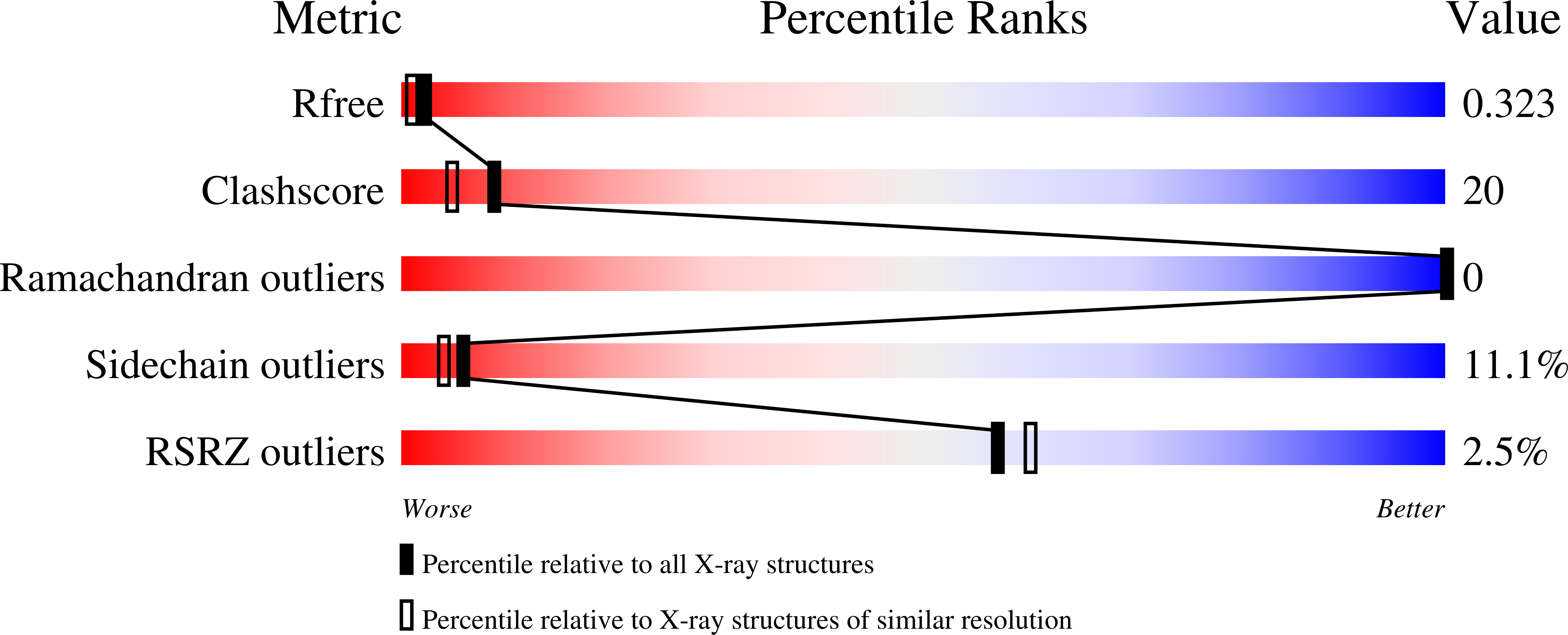
Deposition Date
2009-01-22
Release Date
2009-08-04
Last Version Date
2023-11-01
Entry Detail
Biological Source:
Source Organism:
Staphylococcus aureus (Taxon ID: 1280)
Host Organism:
Method Details:
Experimental Method:
Resolution:
2.25 Å
R-Value Free:
0.30
R-Value Work:
0.21
R-Value Observed:
0.22
Space Group:
P 61 2 2


